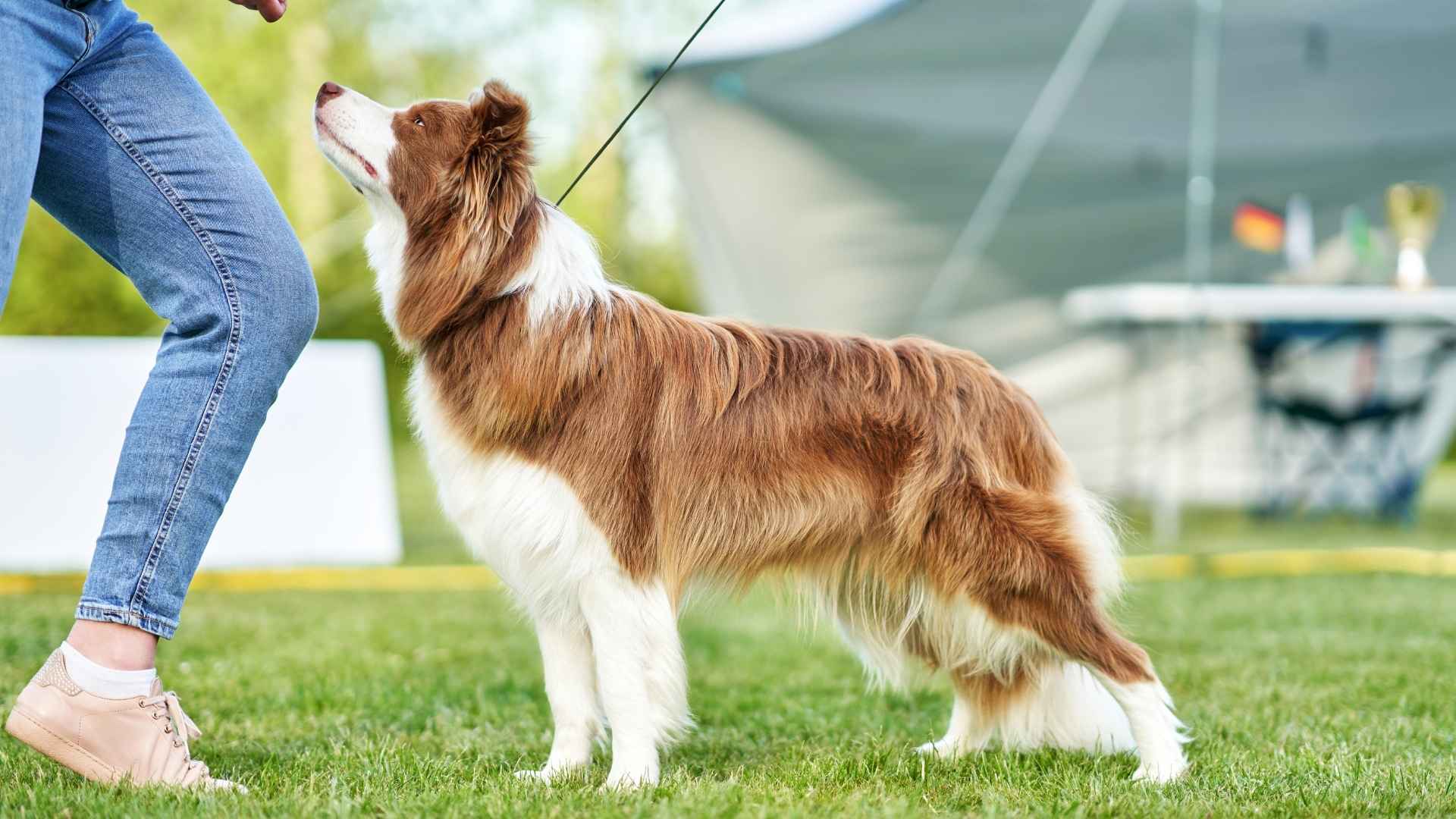Some dogs seem to pick up tricks like seasoned performers, while others… well, let’s just say they have their own agenda. If you’ve ever watched a dog stare blankly at a treat after being asked to “sit” for the hundredth time, you might have encountered one of the more independent-minded breeds.
While intelligence and trainability often go hand in hand, they’re not the same thing. Many low-trainability dogs are highly intelligent but prefer to think for themselves rather than follow commands. If you’re considering a breed known for low trainability, it’s important to understand what you’re signing up for. While they may not ace obedience school, they often make up for it with loyalty, affection, and personality.
Whether you’re looking for a fiercely independent companion or just want to know what you’re up against, read on to discover which dog breeds rank among the most challenging to train and why they’re still worth the effort.
Low Trainability Dog Breeds
1. Labrador Retriever
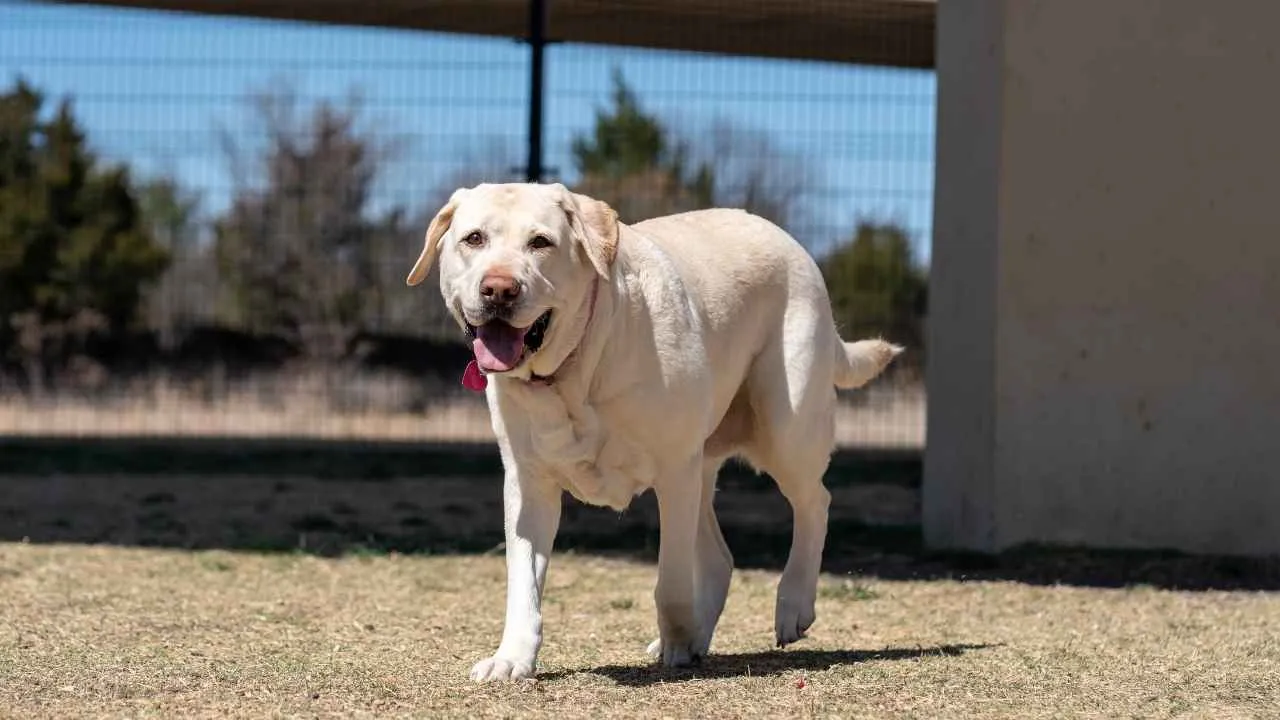
The Labrador Retriever, often celebrated for its friendly and affectionate nature, might come as a surprise on a list of low-trainability dog breeds. However, while Labs are eager to please, their high energy levels and distractibility can make training a challenge for some owners.
Labradors are known for their boundless enthusiasm, which, if not properly managed, can lead to stubborn behavior during training sessions.
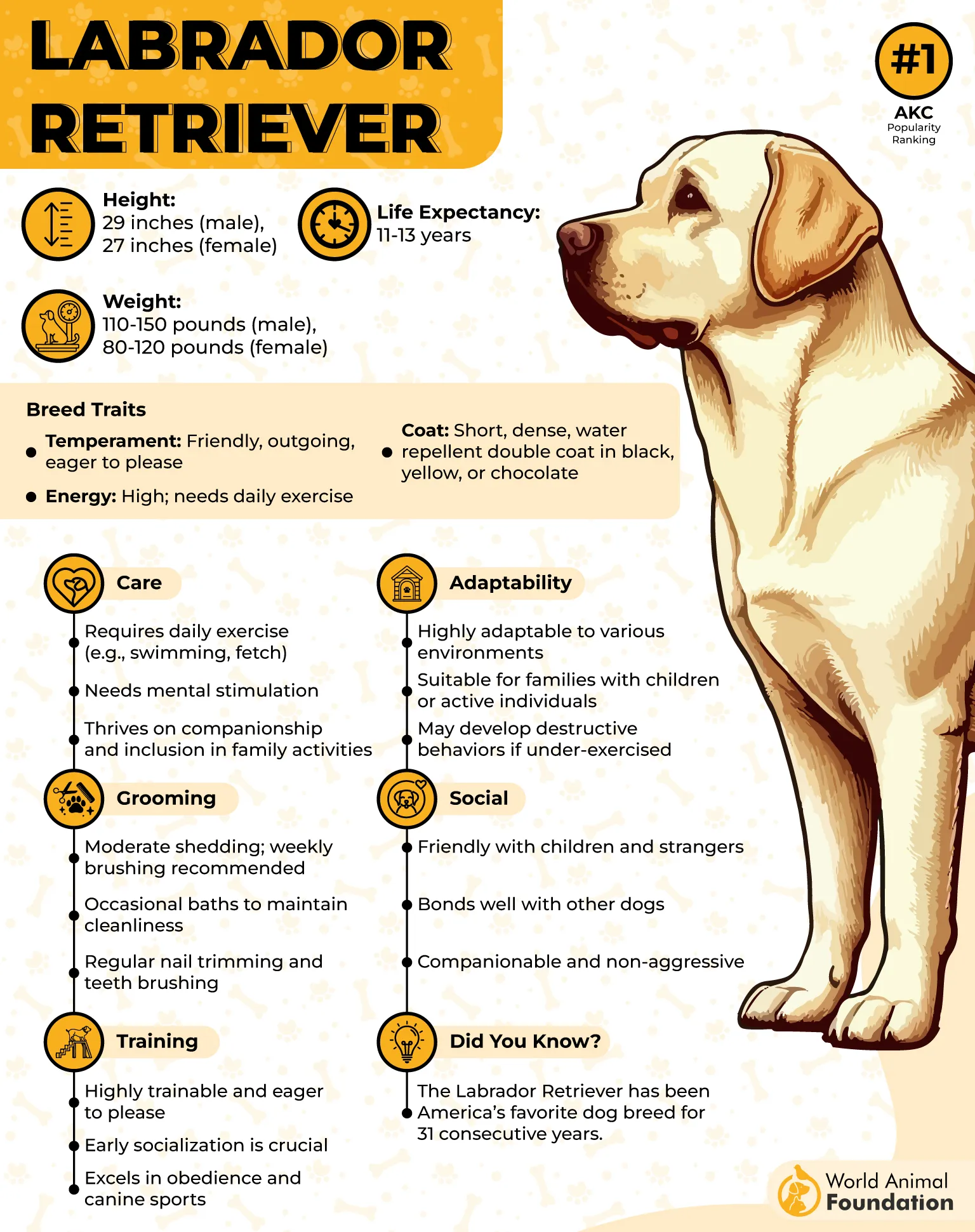
They require consistent reinforcement and plenty of exercise to stay engaged. Without enough mental and physical stimulation, Labs may become inattentive or even destructive.
Another factor contributing to their low trainability is their strong food motivation. While this can be useful for reward-based training, it also makes them prone to counter-surfing and stealing food if boundaries aren’t firmly established.

Despite these challenges, with patience and structure, Labrador Retrievers can be well-trained companions. However, first-time dog owners or those looking for an easygoing pet may find their high-energy and sometimes stubborn nature difficult to manage.
2. Poodle
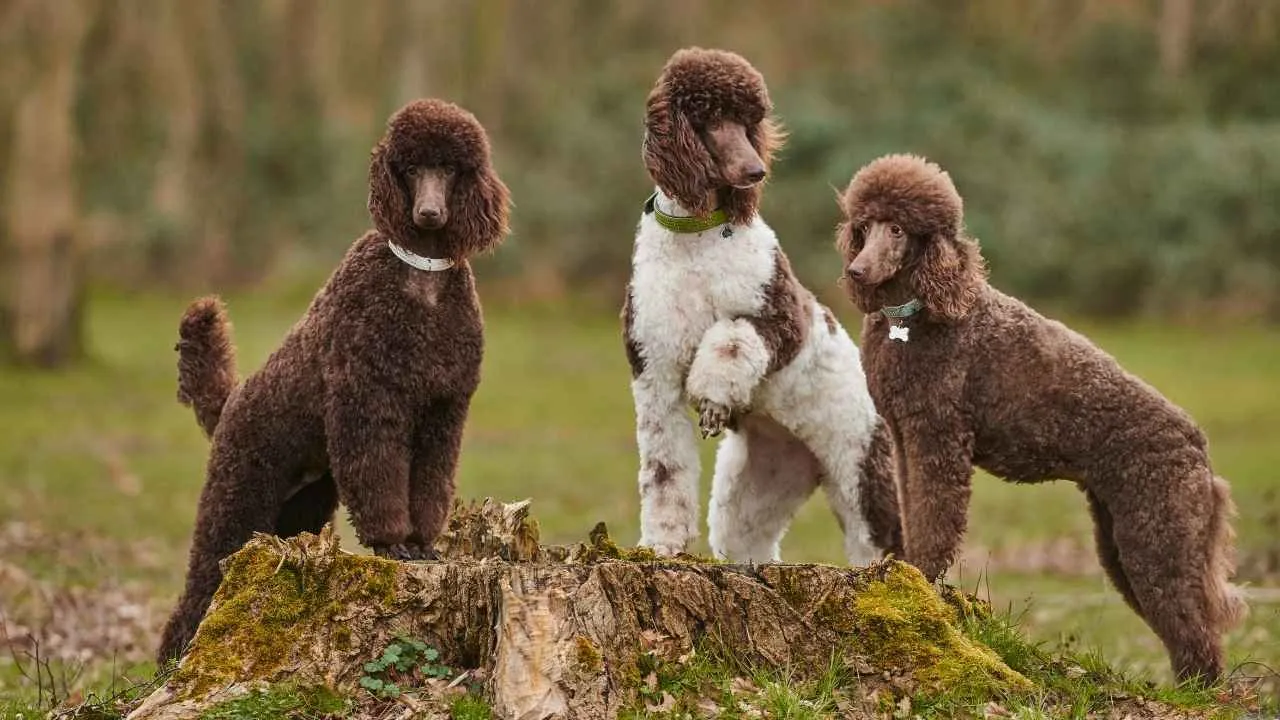
Despite their reputation as highly intelligent and trainable dogs, Poodles can sometimes be challenging to train due to their independent nature.
Available in Standard, Miniature, and Toy sizes, this breed is known for its lively personality and strong-willed temperament. While Poodles excel in canine sports and obedience trials, they can become stubborn or easily bored without proper motivation.
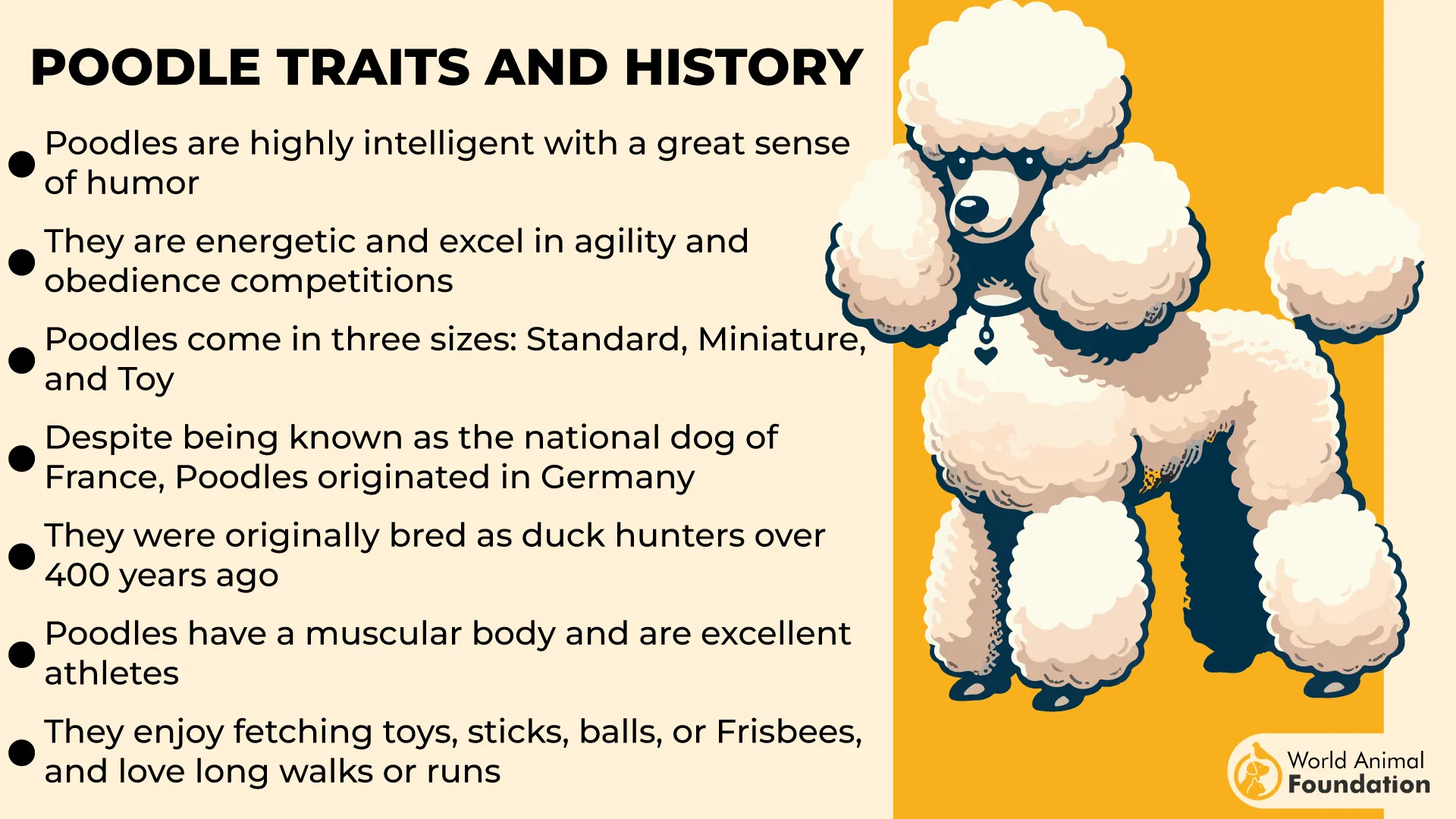
One reason Poodles may struggle with training is their high energy and intelligence. Without consistent guidance, they can develop undesirable behaviors, such as excessive barking or territorial tendencies. They require an engaging training routine that keeps their minds stimulated, or they may lose interest and resist commands.
Additionally, Poodles form strong bonds with their families and dislike being left alone for long periods. This attachment can lead to separation anxiety, which may manifest in destructive behaviors. Without clear boundaries and a structured training plan, they can become demanding and overly dependent on their owners.
To successfully train a Poodle, patience and positive reinforcement are key. Using interactive training techniques, such as puzzle games and reward-based learning, helps keep them focused and engaged. A firm but gentle approach ensures they stay responsive while preventing stubbornness from taking over.
3. Golden Retriever

Golden Retrievers are well-known for their adorable nature, making them one of the most trainable dog breeds. Their smartness and adaptability allow them to quickly grasp commands, making training a relatively smooth process.
These dogs excel in obedience training, agility, and even specialized roles such as therapy and service work. Despite their high trainability, Golden Retrievers do require consistent guidance and reinforcement.
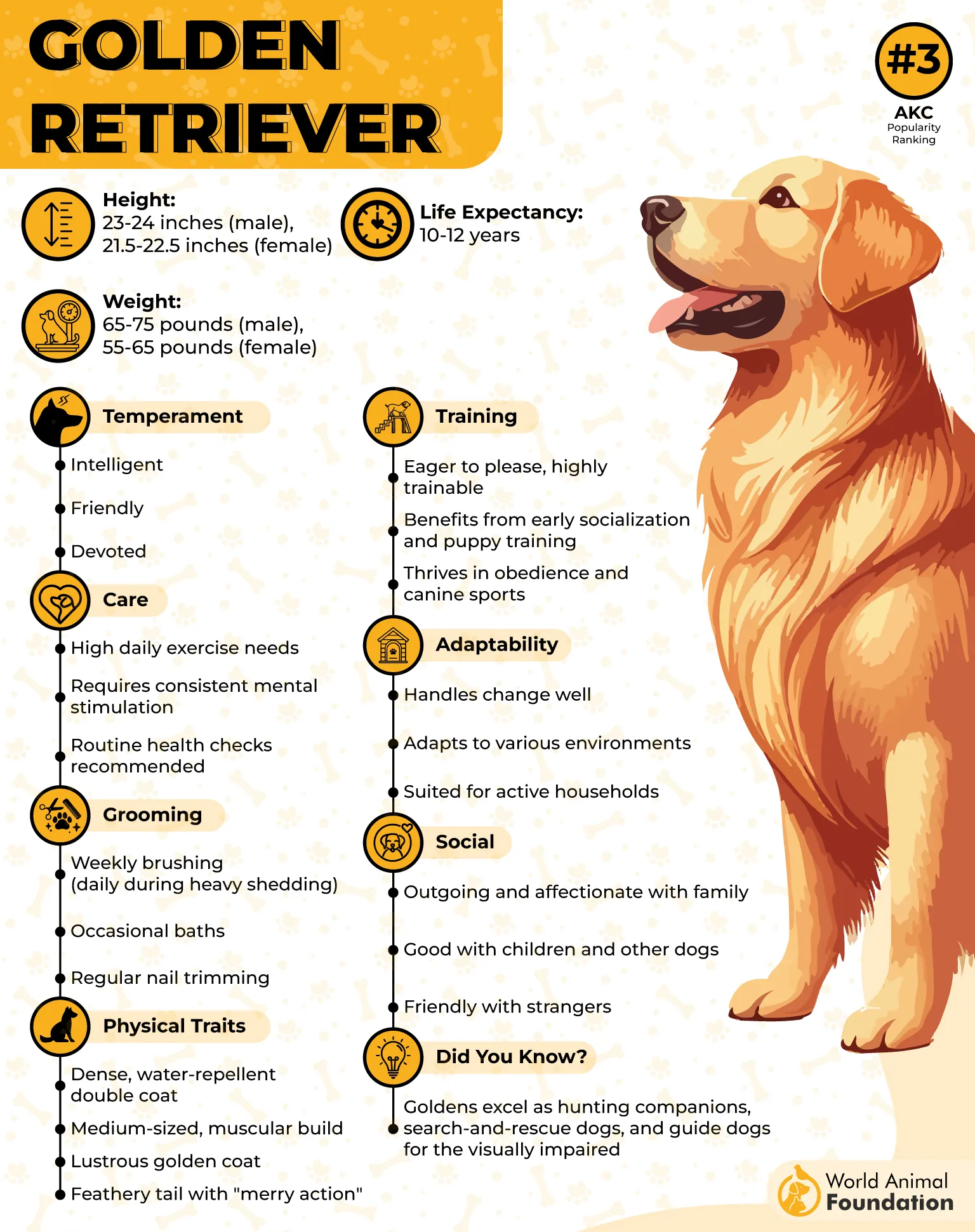
They thrive on positive reinforcement techniques such as treats, praise, and play. However, their high energy levels mean they need regular physical and mental stimulation to stay engaged in training sessions.
Golden Retrievers are also highly social, which can sometimes be a challenge in training. Their friendly demeanor makes them more likely to greet strangers enthusiastically rather than stay focused on commands. Proper socialization from an early age is essential to ensure they develop good manners in different environments.

While Golden Retrievers may not fit the category of low-trainability breeds, they still require dedication and patience from their owners. With consistent training and an engaging routine, they can become well-mannered, obedient companions that excel in various activities.
4. Shetland Sheepdog
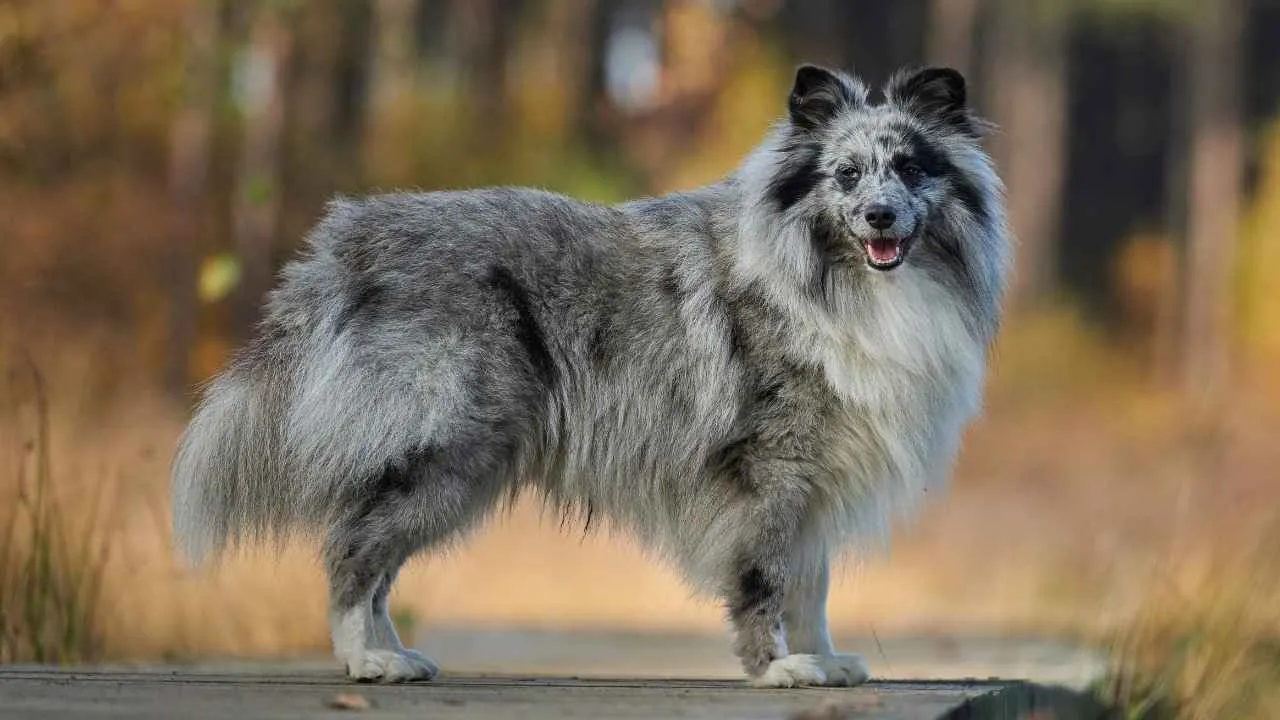
According to PetMD, the Shetland Sheepdog, or Sheltie, is a highly intelligent and energetic breed originating from Scotland’s rugged Shetland Islands.
These dogs form a strong attachment to their families. While Shelties are eager to please and responsive to training, they can be sensitive to harsh tones and require a patient, positive approach.

One of the biggest challenges with Shelties is their tendency to bark excessively, especially when excited or wary of strangers. Their herding instincts also make them prone to nipping at people and other animals, though this behavior is not aggressive. Due to their high intelligence and alert nature, they require consistent socialization and training from an early age.
Shelties thrive in environments where they receive plenty of mental and physical stimulation. Without sufficient activity, they can develop anxiety or destructive habits. Their thick double coat requires regular grooming, especially during shedding seasons, making them a moderately high-maintenance breed in terms of coat care.
Despite these challenges, Shetland Sheepdogs are incredibly loyal and loving companions. They do best in homes where they are part of the family’s daily activities and receive the attention they crave. Proper training and engagement can help manage their vocal tendencies and ensure they remain well-balanced pets.
5. Papillon
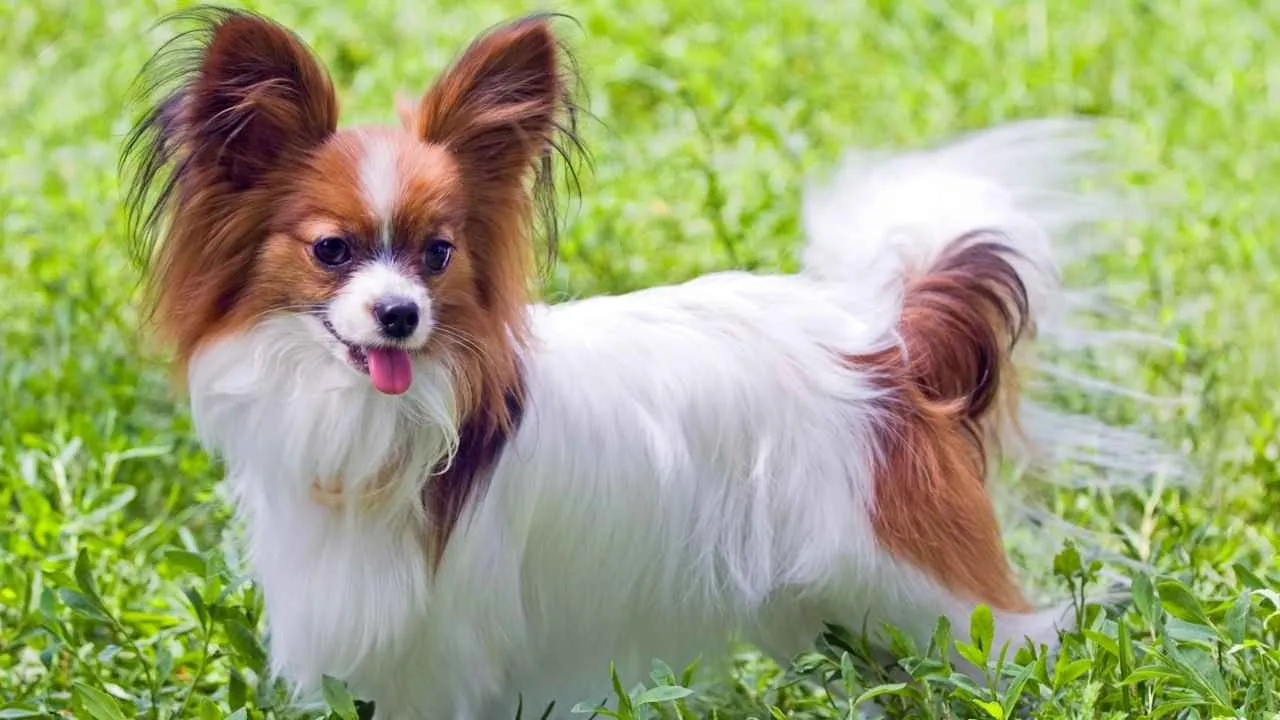
The Papillon, known for its signature butterfly-like ears, is a happy and alert toy breed, as per AKC. Despite its small size, this dog has a lively and outgoing personality.
Originally bred from spaniels, Papillons are quick learners and excel in obedience and agility training. However, they can be prone to distractions and require consistent, short training sessions to stay engaged.
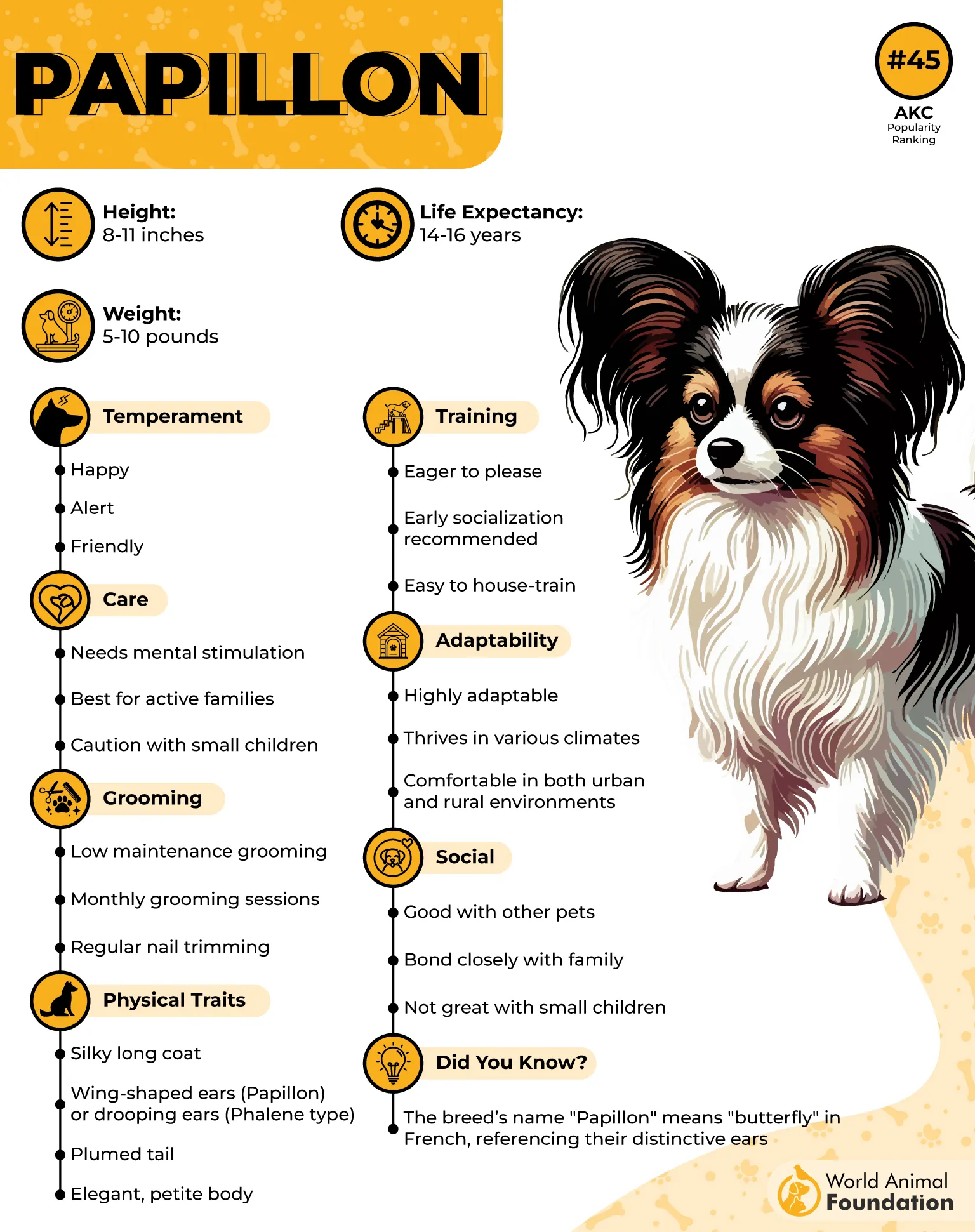
Though highly trainable in many ways, Papillons can be strong-willed and easily excitable, which may pose challenges in obedience. Their intellect sometimes leads them to be independent thinkers, making them less responsive to commands when distracted. Owners must use patience and positive reinforcement, as harsh methods can cause them to become stubborn.
Their small stature and active nature mean they thrive in interactive play and mental stimulation. Without proper guidance, a Papillon may develop behavioral issues like excessive barking. Socialization from a young age helps them remain well-mannered and confident around people and other pets.
While Papillons have the potential to be well-trained, their high energy and occasional stubbornness make them a breed requiring dedicated and patient owners. With the right approach, they can become delightful companions, though they may not be the easiest choice for first-time dog owners.
6. Pembroke Welsh Corgi
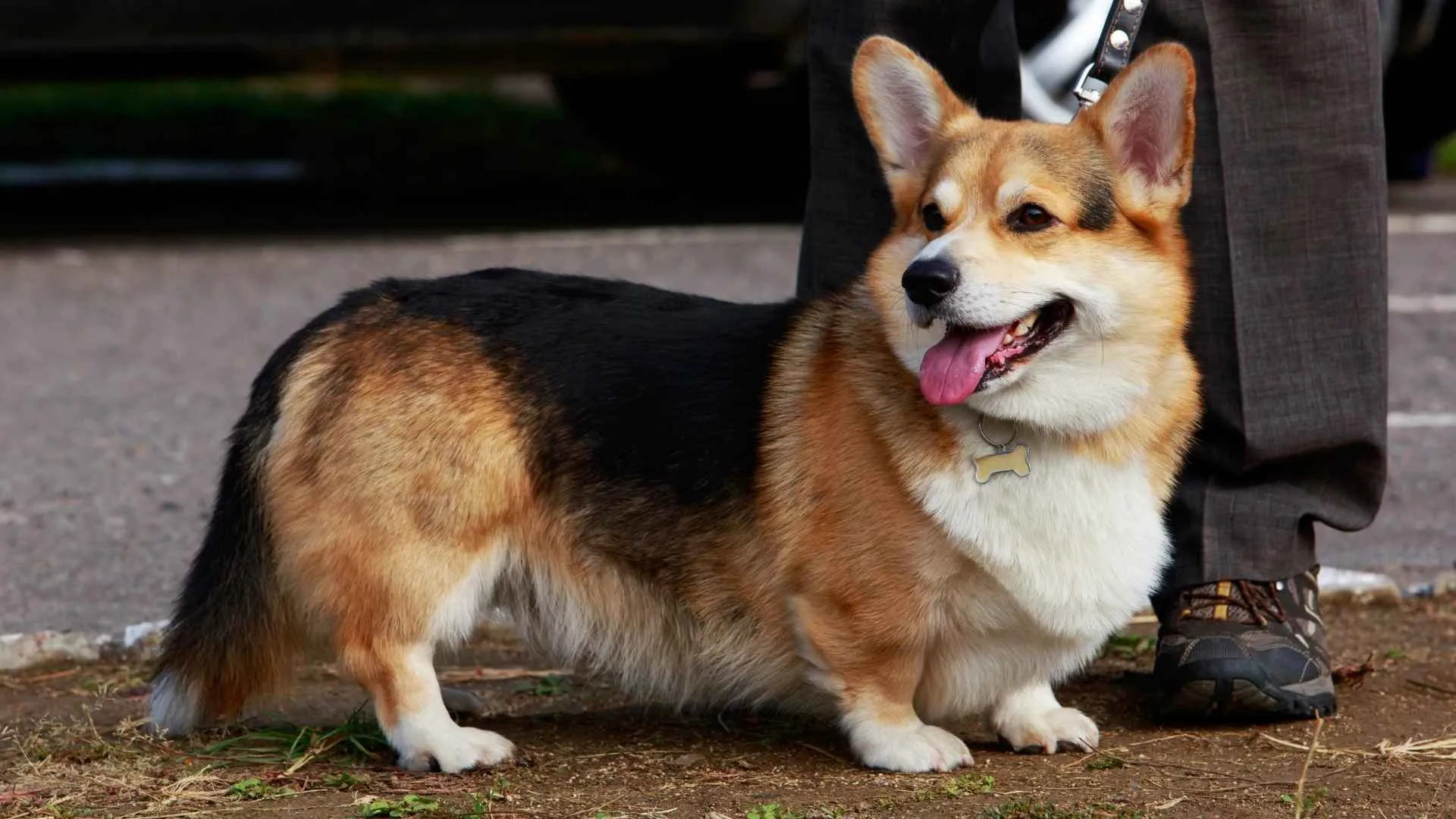
Britannica states that the Pembroke Welsh Corgi is a calm and affectionate breed known for its strong herding instincts. Their occasional stubbornness can make training a challenge.
Originally bred to herd cattle, they may attempt to herd children or other pets, sometimes using nipping behavior. This instinct requires consistent training and early socialization to manage effectively.
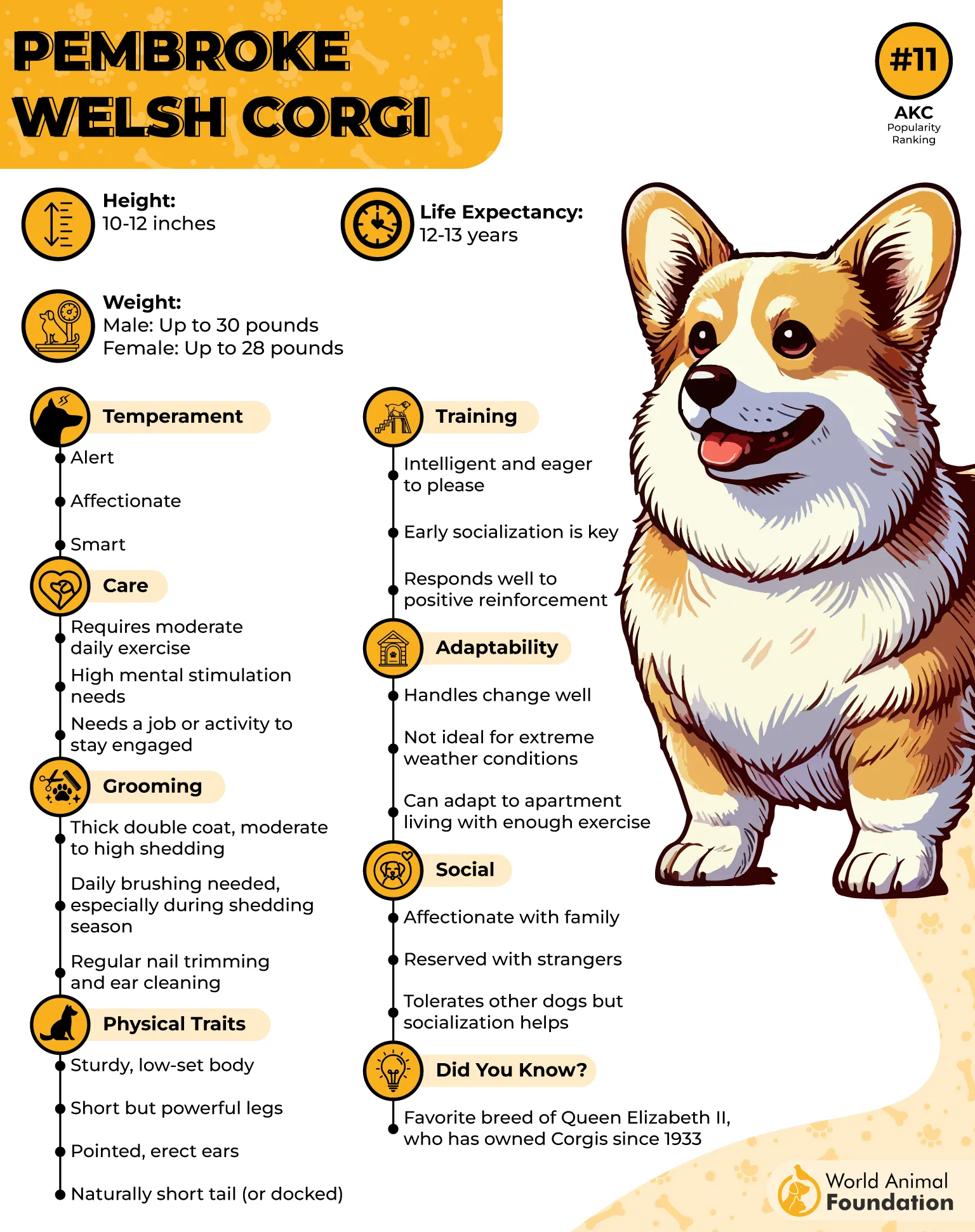
Despite their small stature, Pembroke Welsh Corgis are highly energetic and require regular physical and mental stimulation. Their alertness and tendency to bark at unfamiliar sights or sounds can make them effective watchdogs, but this trait can also be difficult to curb without proper training.

While they are capable of learning commands, they may not always respond promptly. Positive reinforcement and consistency are key to training, as harsh methods can lead to resistance. They thrive on routine and structure but can easily become distracted if they lose interest in a task.
Overall, Pembroke Welsh Corgis are loving and loyal companions but require patience and dedication when it comes to training. With the right approach, they can learn commands and obedience skills, though their natural tendencies may make them more challenging to train than other breeds.
7. Pomeranian
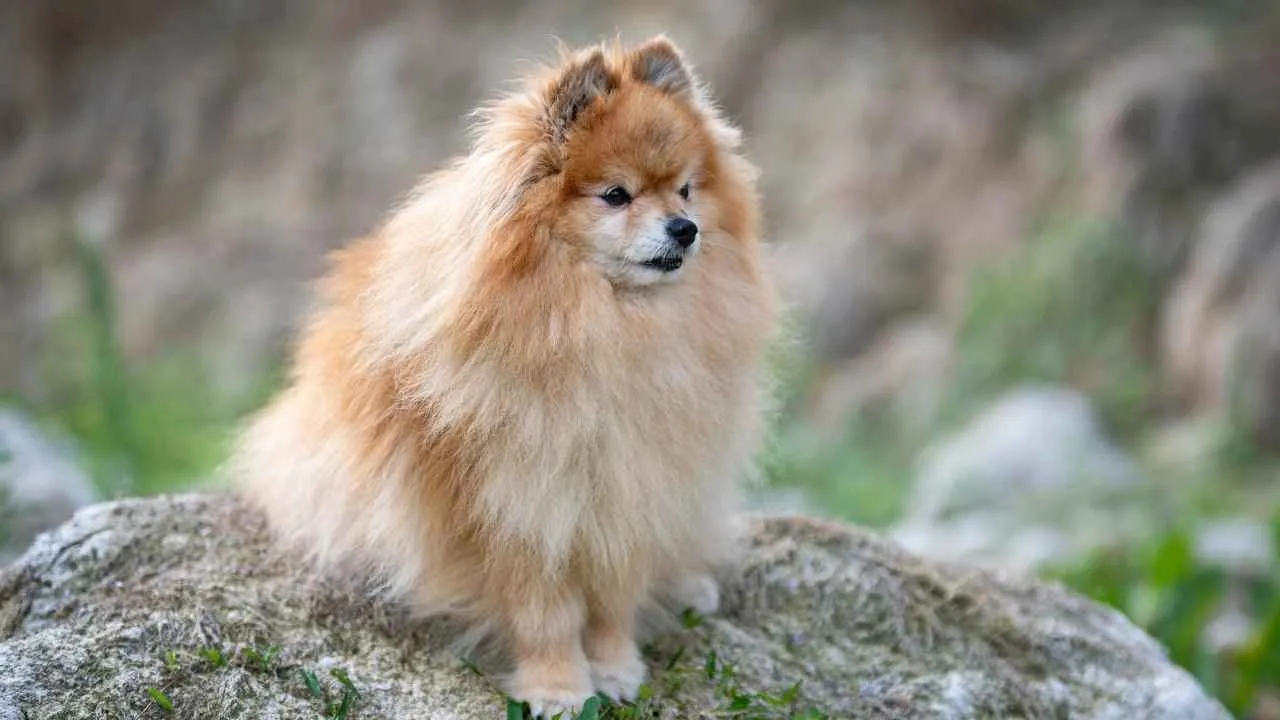
The Pomeranian is a small yet lively breed known for its bold personality and luxurious double coat. However, training a Pomeranian can be challenging due to its strong-willed nature.
While they excel in learning tricks and obedience tasks, they often display a stubborn streak, requiring consistent and patient training with positive reinforcement.

One notable challenge with Pomeranians is their tendency to bark excessively. As alert and inquisitive watchdogs, they will vocalize at anything unfamiliar, making early socialization and command training essential to prevent nonstop barking. Additionally, Poms can be independent and sometimes develop a “small dog syndrome,” where they assume they are in charge if not properly guided.
House training can also be difficult with Pomeranians, as they may resist routine potty training. Their small size means they need frequent bathroom breaks, and accidents are common if consistency is lacking. Crate training and a regular schedule are often necessary for success.
While Pomeranians can be affectionate and loyal companions, their training requires dedication, structure, and patience. With the right approach, they can become well-mannered pets, but they are not ideal for first-time dog owners looking for an easily trainable breed
Conclusion
Training a dog isn’t always about perfection; it’s about patience, persistence, and understanding each breed’s unique quirks. While these low-trainability breeds may take extra effort, their charm, personality, and unwavering loyalty more than make up for the challenge. Whether it’s a high-energy dog bred for herding livestock, an independent American Eskimo Dog, or a stubborn yet affectionate Miniature Schnauzer, dog training with these pups requires extra dedication.
If you’re up for the challenge, embracing one of these breeds means embracing their stubborn yet lovable nature. With the right approach, positive reinforcement, consistency, and a sense of humor, you can build a strong bond with your furry companion. From lap dogs like Toy Poodles to intelligent breeds like the Boston Terrier, or even a unique mixed breed, each dog brings something special. After all, who needs perfect obedience when you have a dog that keeps life interesting? Whether you’re considering adding one of these pups to your home or just love learning about different breeds, remember: every dog has its own way of showing love, even if it involves ignoring your commands!


